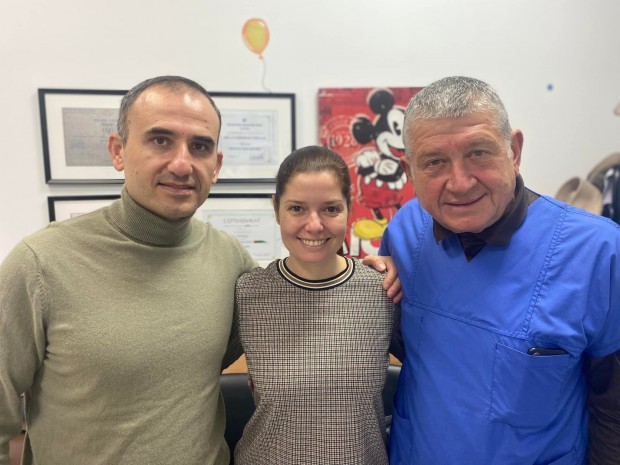The koruna is significantly helped by the monetary policy of the Czech National Bank, whose bank board has surprisingly sharply raised its key interest rate to 3.75 percent in response to strong inflationary pressures in recent months. This was the last percentage point just before Christmas.
The two-week repo rate, from which interest rates on loans to households and the business sector are derived, was so high, most recently in June 2008. Higher interest rates increase demand for the koruna, as they are an attraction for foreign investors – so they can value their free money more cheaply.
Inflation: It has risen the most in 13 years
—
• VIDEO Videohub
—
“In our opinion, this process will continue and Czech rates will continue to rise,” Cyrus economist Vít Hradil told the E15 daily. “It is the difference between domestic and foreign interest rates that is already reaching unprecedented proportions, and the only thing that has prevented the koruna from strengthening more significantly has been global concerns about the further spread of new coronavirus variants and its possible economic impacts,” he added.
Hradil estimates that at the end of this year the exchange rate could be around 24.20 crowns per euro.
According to the economist of the Czech Banking Association, Jakub Seidler, seasonal influences can also help strengthen the koruna. At the beginning of the year, players in the financial markets usually open new bets on exchange rate movements and other assets. “A similar trend of faster strengthening of the koruna at the beginning of the year was evident in the several years before the pandemic,” Seidler recalled.

–
–
According to him, bets that the expected start of the sale of income from foreign exchange reserves will have a positive effect on the koruna, which the CNB should start in January, may also play a role in strengthening the currency.
Economists believe that the position of the central bank, which most likely has not yet stopped raising rates, will “roll the crown” during the year. “However, the development may not be straightforward, as the expected rise in US Fed interest rates may have a disruptive effect on other currencies and global financial markets in general, including Central European exchange rates,” said Radomír Jáč, chief economist at Generali Investments CEE.
In the coming weeks and months, the koruna could be supported by a possible fading of problems in global supply and production chains, as such a development would have a positive effect on Czech exports, and thus on the overall development of the domestic economy. “We estimate that the koruna will approach 24 crowns per euro at the end of the year,” said Raiffeisenbank chief economist Helena Horská.
On the other hand, supply chain difficulties and possible new waves of the pandemic may act against the crown.

–
–
Jáč did not rule out an attack on the 24 crowns per euro limit. He expects the koruna to strengthen below 24.50 per euro during the year. However, the development of recent days and weeks may, in his opinion, be a harbinger of a faster strengthening of the Czech currency. “At the end of this year, the level of 24.00 per euro could have been attacked,” he said.
Jan Vejmělek, the chief economist of Komerční banka, is more careful. In his opinion, the further increase in interest rates by the CNB has already been largely taken into account in the koruna’s exchange rate. “The market basically expects the CNB interest rate to peak close to five percent this year. We thus perceive the scope for a further increase in the interest rate differential as limited, “he said.
Like Jáč, Vejmělek believes that a strong dollar can play against the crown. “According to our outlook, it may strengthen further as the US Federal Reserve begins to raise interest rates this year,” he said, adding that he saw the scenario of strengthening to 24 crowns per euro as very optimistic.
– .


